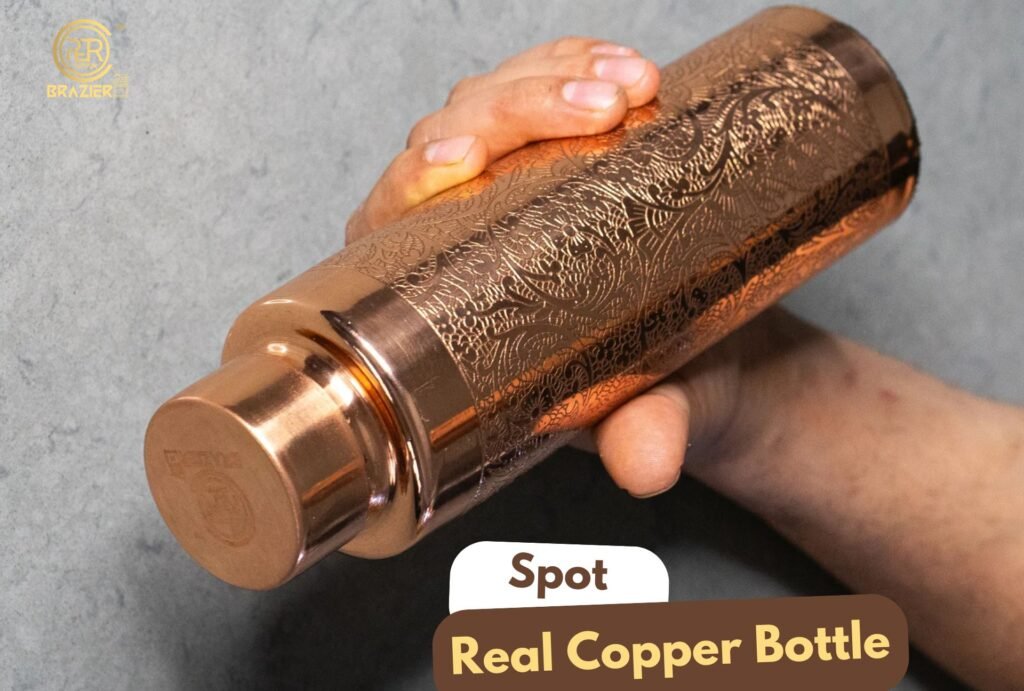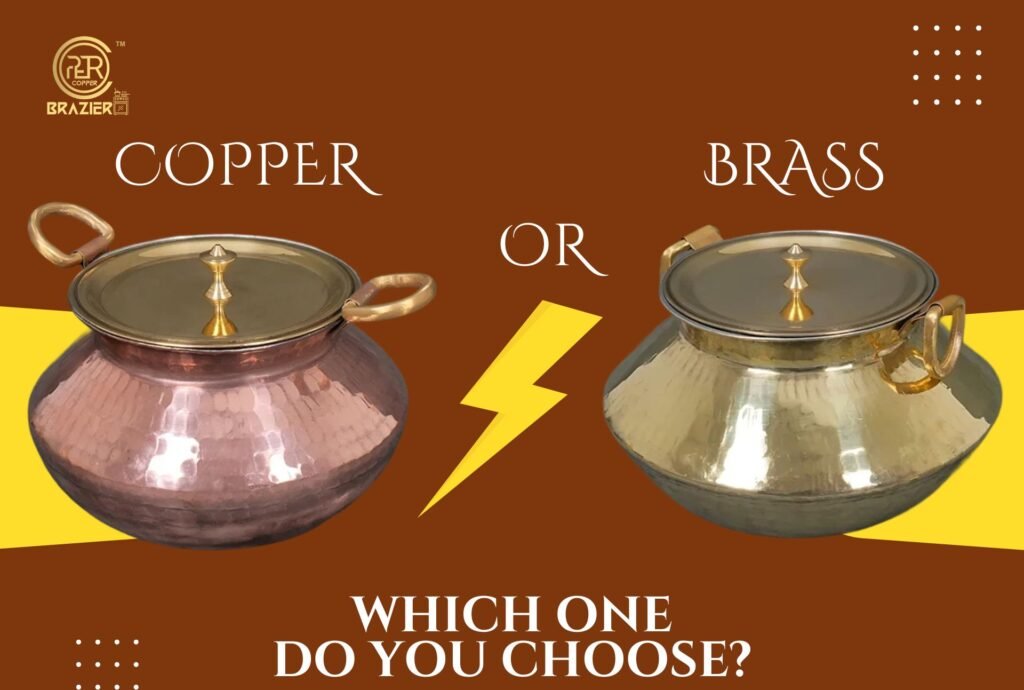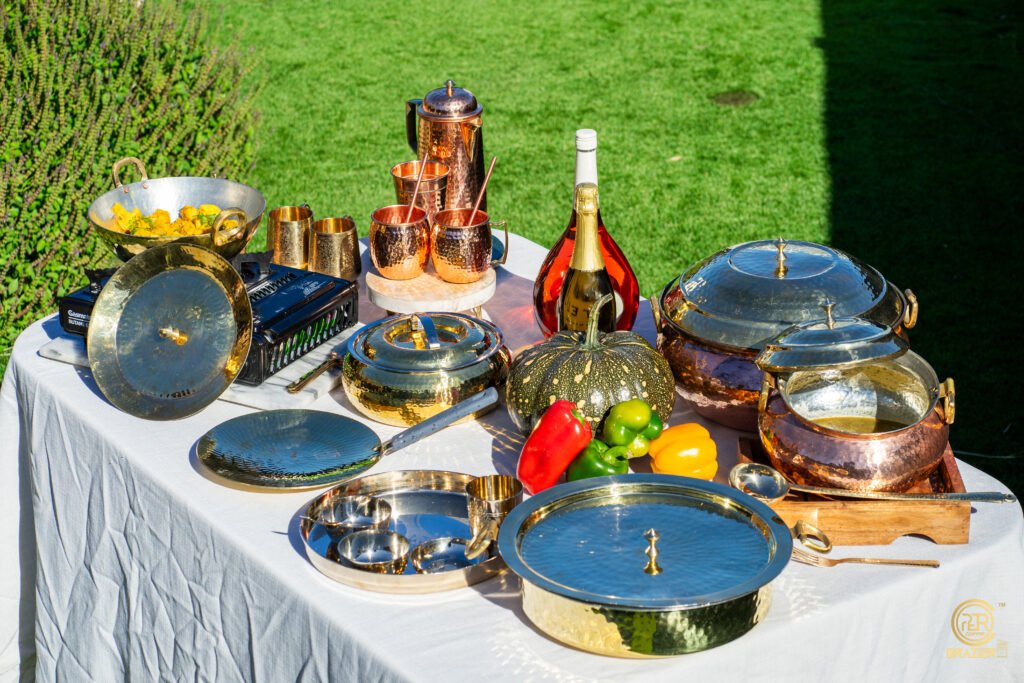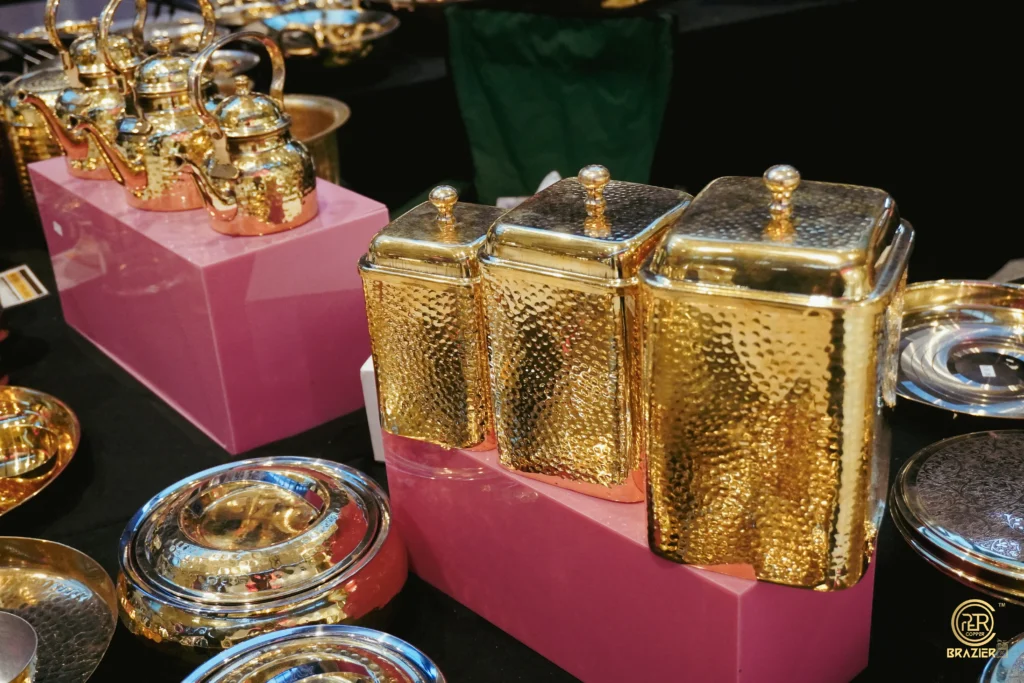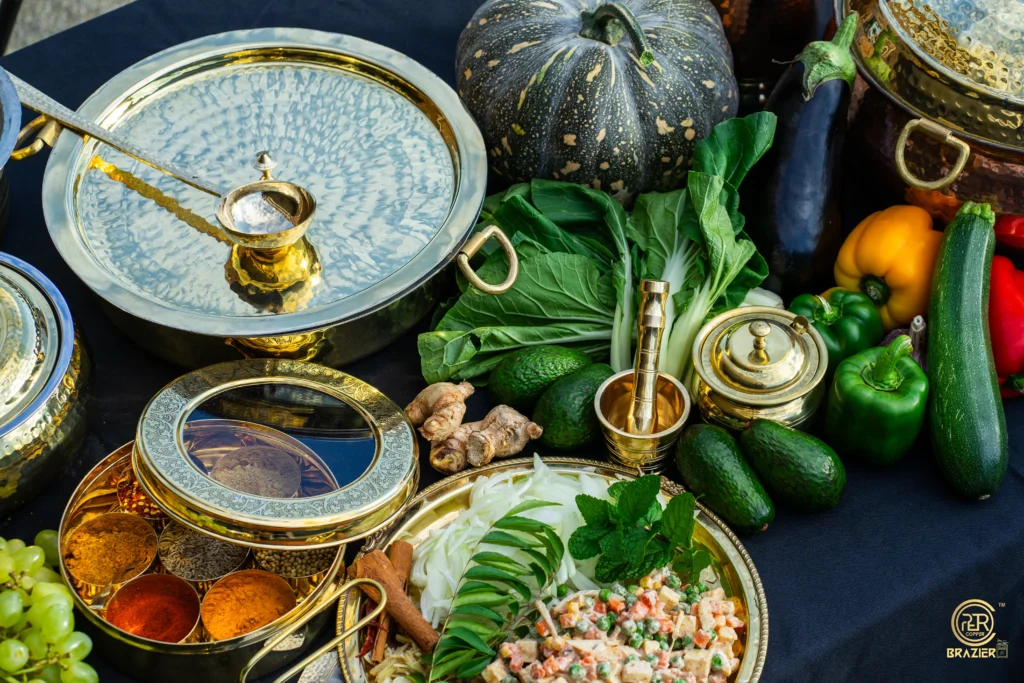Original vs Fake: How to Tell If Your Copper Bottle Is Authentic
With countless options in the market—from stainless steel to glass—choosing the perfect water bottle can feel overwhelming. But if you’re looking to combine health benefits, sustainability, and timeless beauty, the answer is clear: Copper Bottle. Used since ancient times, copper vessels have been a cornerstone of Ayurvedic wellness. Storing water in copper not only kills harmful microbes but also enriches the water with essential minerals that aid digestion, boost immunity, support metabolism, and even promote heart health. With such benefits, it’s no surprise that copper bottles are making a strong comeback. However, not all that glitters is truly copper. In today’s market, where mass-produced lookalikes are everywhere, knowing how to identify an authentic copper water bottle is more important than ever. Here’s a simple guide to help you separate the real from the fake. Understand about Original vs Fake Copper Bottle 1. Weight Test: Heavier Is Better Pure Artisanal Copper Water Bottles are noticeably heavier than those made of other metals or copper-plated alternatives. This is one of the first indicators of authenticity. When you hold a real copper bottle in your hands, you’ll feel a certain heft that reflects the density of the metal. If the bottle feels unusually light, it’s likely not pure copper or is made with a mixture of other metals. 2. The Magnet Trick: Copper Is Non-Magnetic An easy home test: grab a small magnet and see if it sticks to your bottle. Copper is a non-magnetic metal, so if the magnet clings to it, you’re probably holding a fake or a copper-plated steel bottle. It’s a quick and reliable way to confirm the material. 3. Color and Shine: Look for the Red-Gold Hue Pure copper has a reddish-brown hue with a soft, subtle matte shine. Unlike steel or aluminum, which are silvery or grey, copper’s color stands out. Over time, authentic copper develops a natural patina—usually a blue-green or greyish film—due to oxidation. This is a good thing and a clear sign of purity. Be cautious of shiny, golden-hued bottles that don’t oxidize. These are often coated or made of brass or other alloys. 4. Sound Check: A Dull, Warm Resonance Tap gently on the bottle. Copper has unique acoustic properties and produces a dull yet resonant sound. Unlike the high-pitched ‘clang’ of steel, real copper creates a smoother, more muted tone. It may sound minor, but your ears can help verify authenticity. 5. Signs of Oxidation: Patina Is Proof Real copper reacts with air and moisture, developing a thin layer of patina over time. This blue-grey tarnish might look like discoloration, but it’s a natural process and doesn’t affect the water’s safety. Many fake copper bottles stay shiny over time or discolor unevenly—often a sign of copper-plated surfaces. 6. Smoothness & Dents: A Sign of Softness Copper is a soft metal, so real Copper Water Bottles are more likely to develop small dents or scratches with regular use. If your bottle feels perfectly smooth and rigid after months of use, it might not be pure copper. A few gentle imperfections are a hallmark of handcrafted and genuine products. 7. Price Tag: Quality Comes at a Cost Let’s be honest—authentic Artisanal Copper Water Bottles are not cheap. The cost of pure copper and the labor involved in crafting high-quality pieces means these bottles are priced higher than regular alternatives. If you find a copper bottle that’s unusually inexpensive, chances are it’s fake, plated, or mixed with inferior metals. Always buy from reputable brands that offer transparency in materials and craftsmanship. Importance of Original Copper Bottle Using a pure Copper Drinkware Set isn’t just about trend or tradition—it’s about your well-being. Impure or fake bottles won’t offer the same benefits and can even pose health risks if made with unknown alloys. Authentic copper infuses your water with natural minerals, supports immunity, and offers anti-microbial protection. To maximize the benefits: Final Thoughts In a world full of knock-offs, owning a real Copper Water Bottle is both a luxury and a commitment to wellness. It’s a statement that you care about tradition, health, and craftsmanship. From daily hydration to thoughtful gifting, nothing compares to the feel and function of genuine copper.Looking to buy one for yourself or gift a luxurious copper item to someone special? Feel free to contact Copper Brazier — where heritage meets authenticity.

